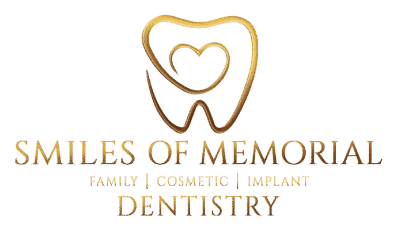We’re always looking for that picture-perfect smile. When it comes to altering our smiles, it appears that dental bonding and veneers are the top cosmetic dentistry options. Both treatments have advantages and disadvantages, and the choice is ultimately determined by your dental needs and budget. Because bonding and veneers are so similar, it’s natural to wonder if you’re a better fit for one or the other. Regardless of your choice, you will enjoy and appreciate your new smile.
What is dental bonding?
Dental bonding has been utilized in dentistry for many years as a low-cost and straightforward technique to change the appearance of your smile. Its primary advantages are that it is non-invasive and that it may fix flaws ranging from tooth discoloration to gaps and spacing. Dental bonding is an excellent approach to repairing a minor chip in a tooth or to healing tooth decay in a cosmetic region. It also has the following advantages:
- Costs less than dental veneers or crowns to repair a smile.
- It can swiftly sculpt a tooth to change its tint and appearance.
- The maintenance required is negligible.
- Typically, only one dental visit is required for the treatment.
The disadvantages of bonding include that it is typically not a permanent solution and may need repairs and replacements if it stains chips or fractures. Nonetheless, many individuals will choose to bond and either replace it or utilize it as a stepping stone to a more permanent aesthetic option such as dental veneers or dental crowns.
What are veneers?
Veneers are a high-end, high-quality cosmetic dental treatment. Because of the porcelain veneer treatment, you will notice celebrities and social media influencers with flawless grins. Smiles of Memorial can help you achieve a more harmonious and brilliant aesthetic look by transforming a dull or uneven smile. The following are the benefits of obtaining porcelain veneers treatment:
- Porcelain, unlike traditional bonded restorations, does not discolor.
- Veneers are a more permanent treatment that may last up to ten years if properly cared for.
- Dental veneers are extremely robust and resistant to abrasion.
- They are created to match your neighboring teeth.
Veneers are without a doubt the most popular choice for restoring a smile, but they are also expensive. They are also somewhat more intrusive than bonding since some enamel must be permanently removed to create a way for the veneer shell. Finally, if you grind your teeth, veneers can shatter or fracture, making them more expensive and time-consuming in the future.
Conclusion
While bonding may fix minor concerns such as chipping and discoloration, as well as cure tooth decay, it has limits when compared to veneers. Both bonding and veneers can enhance the appearance of your teeth by changing the shade, shape, alignment, and spacing; however, because both procedures are so similar, it is advisable to discuss your needs and budget with your dentist to receive the best advice on which treatment is ideal for you. Also, keep in mind that several elements such as cost, durability, and materials all influence the sort of restoration you will obtain. Bonding may be useful for lesser forms of therapy, however, veneers or crowns may be more appropriate for bigger restorative instances.
If you’re ready to find out if bonding or veneers are suitable for you, or if you have any concerns about either procedure, please contact Smiles of Memorial to set up an appointment so we can help you achieve the smile of your dreams.





